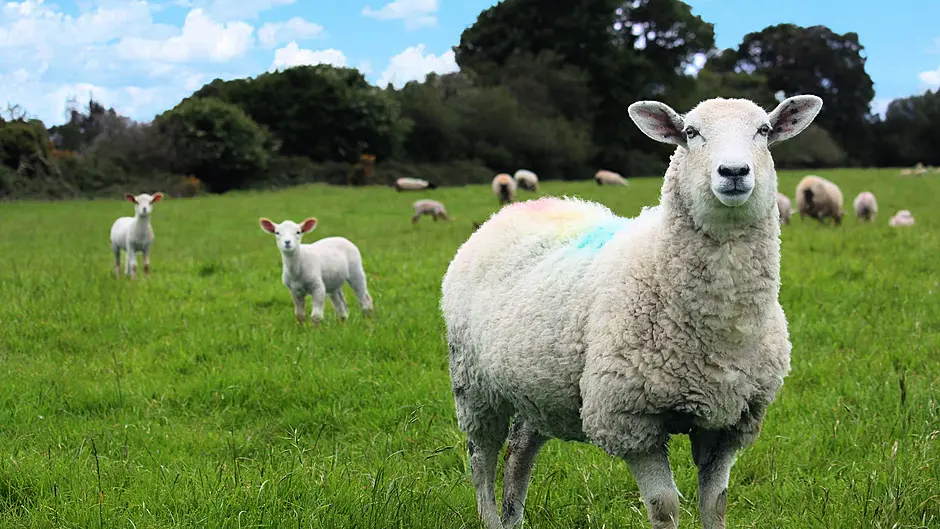BY Michael Gottstein
You can maximise the performance of your lambs by implementing five key practices on your farm.
Good nutrition, leafy grass, is what will drive performance. Ideal grazing heights are between six and 10cm. Longer or stemmy grass will result in reduced performance. Use dry ewes or suckler cows to graze out after the lambs to ensure good quality grass in subsequent rotations.
For external parasite control, using products such as Clik or Clik Extra will give season long control against blowfly. If applied early in the season the withdrawal period will have expired before lambs are fit for slaughter. If pour-on applications are delayed then using a pour-on with a shorter withdrawal period will be necessary, however the period of protection is much shorter.
For internal parasite control, stomach worms are the main parasite causing ill thrift in lambs. Make sure the product you are using is effective against the worms in your sheep. The only way that this can be done is by taking a faecal sample after treatment to ensure that all the worms have been killed. The time scale for taking a faecal sample post treatment is seven days for a yellow drench and 14 days for either a white or clear drench. A positive egg count indicates that the treatment has not worked properly and warrants further investigation
When it comes to mineral deficiency, many sheep farms are deficient in Cobalt. This is an important mineral used by the bacteria in the rumen to synthesise vitamin B12. On Cobalt deficient farms, lambs will need a continuous supply of Cobalt to ensure optimum thrive. Oral cobalt supplementation with 10-15ml of cobalt sulphate solution (six heaped tea spoons to a gallon of water) every two to three weeks post weaning should rectify any deficiency. There is also the option of using boluses, but these are more expensive and in some cases have not undergone verification in terms of their effectiveness in rectifying cobalt deficiency in sheep.
As sheep farmers, we are accustomed to seeing lame sheep. Lame sheep don’t perform, lose body condition and are in discomfort. Count the number of lame sheep on you farm. If more than five in every 100 sheep are lame then you have a serious lameness issue. Keeping on top of lameness is key to maximising animal performance both in ewes and lambs.
Good handling facilities with proper footbathing facilities and prompt treatment of lame sheep is key in terms of keeping on top of lameness.
Fertiliser is really expensive this year, but is still good value when compared to replacing grazed grass with alternative feedstuffs such as concentrates.
It is important to use sufficient fertilser to grow adequate grass to feed livestock and to grow enough winter forage for the coming winter.
Protected urea fertilser offers the best value in terms of cost per kilogram nitrogen applied. If you are cutting back significantly on fertilser use this year, then you need to have an alternative plan as to how you are going to feed your stock or consider reducing stock numbers to take account of the lower amount of grass/winter fodder that will be available.
Aim to make really good quality silage this year (six weeks growth). This will enable a reduction in concentrate usage for the coming winter. Remember that there are concerns about concentrate availability and price for the coming winter, so having good quality silage will reduce your reliance on concentrates.
Wilt silage after mowing. This involves tossing out the silage to get better drying (24-48 hours) and then rowing it in again prior to baling. Increasing silage dry matter to between 25%-35% will reduce the number of bales per acre, increase intake and reduce bedding requirement next winter.
When handling, stacking and storing silage bales be vigilant and repair any damage to plastic immediately. Take action to protect bales from damage due to animals or birds during storage.
• Michael Gottstein is head of the Teagasc sheep knowledge transfer programme and is based in the Teagasc advisory Office in Macroom. He supports sheep advisors throughout Ireland.










